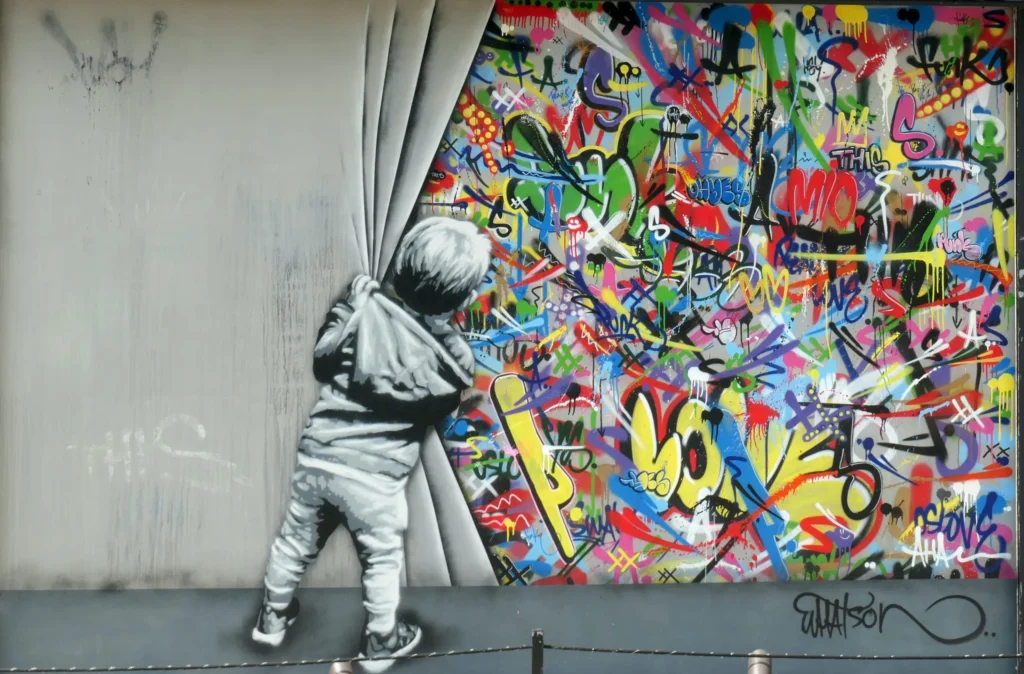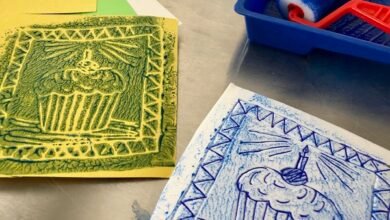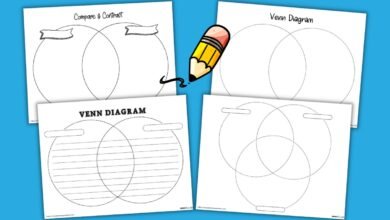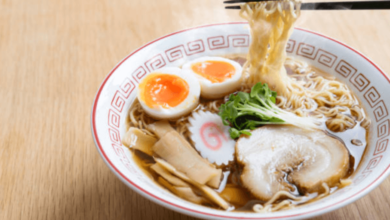Art:_Xoteyo2m64= Humans

The integration of technology in Art:_Xoteyo2m64= Humans practice has sparked a profound transformation in how we conceptualize creativity and authorship. As artificial intelligence and algorithms become crucial tools for artists, the traditional boundaries of expression are not only expanded but also redefined. This evolution raises essential questions about the nature of originality and the role of the human artist in an increasingly automated landscape. What implications does this shift hold for the future of art and human creativity? The answers may challenge our understanding of both art and the essence of being human.
The Intersection of Art and Technology
Blending creativity with innovation, the intersection of Art:_Xoteyo2m64= Humans and technology has redefined traditional boundaries, offering new mediums and methods for artistic expression.
Digital aesthetics flourish in immersive experiences, while virtual galleries showcase interactive installations.
Generative design and data visualization enhance art criticism, fostering a dialogue through cultural commentary.
Augmented reality and creative coding further empower artists, inviting audiences to engage in transformative artistic encounters.
Read more: Art:_W1tthifljc= Walter White
Algorithms Shaping Creative Expression
The integration of technology within the art world has ushered in a new era where algorithms play a pivotal role in shaping creative expression.
Artists now leverage machine learning and creative coding to explore digital aesthetics through generative design and algorithmic storytelling.
This evolution fosters interactive installations and computational art, transforming data visualization into immersive experiences that challenge traditional conceptions of authorship and creativity.
The Role of AI in Art
Artificial Intelligence (AI) has emerged as a transformative force within the art landscape, reshaping both the creation and appreciation of artistic works.
By harnessing machine learning artistry, artists explore new dimensions of AI aesthetics, fostering digital collaboration that challenges traditional boundaries.
However, this evolution raises pivotal questions surrounding creative ethics, urging a critical examination of authorship, originality, and the responsibility inherent in AI-driven artistic endeavors.

Implications for Human Creativity
Amidst the rapid advancements of AI in the art world, the implications for human creativity are profound and multifaceted.
This intersection catalyzes a cultural evolution, pushing artists to explore deeper emotional resonance in their work.
As AI-generated art challenges traditional boundaries, human creativity may flourish through innovation, inviting a reevaluation of artistic expression and authenticity in a landscape increasingly influenced by technological capabilities.
Read more: Art:_Xlgb6m8ys0= Cutting Board
Conclusion
The convergence of Art:_Xoteyo2m64= Humans and technology symbolizes a new dawn in creative expression, where algorithms serve as both brush and canvas. As artificial intelligence weaves itself into the fabric of artistic practice, traditional boundaries dissolve, revealing the intricate dance between human ingenuity and machine learning. This evolution not only redefines the essence of authorship but also enriches the tapestry of human experience, inviting a continuous dialogue that transcends the mere act of creation and embraces the future of artistic exploration.





